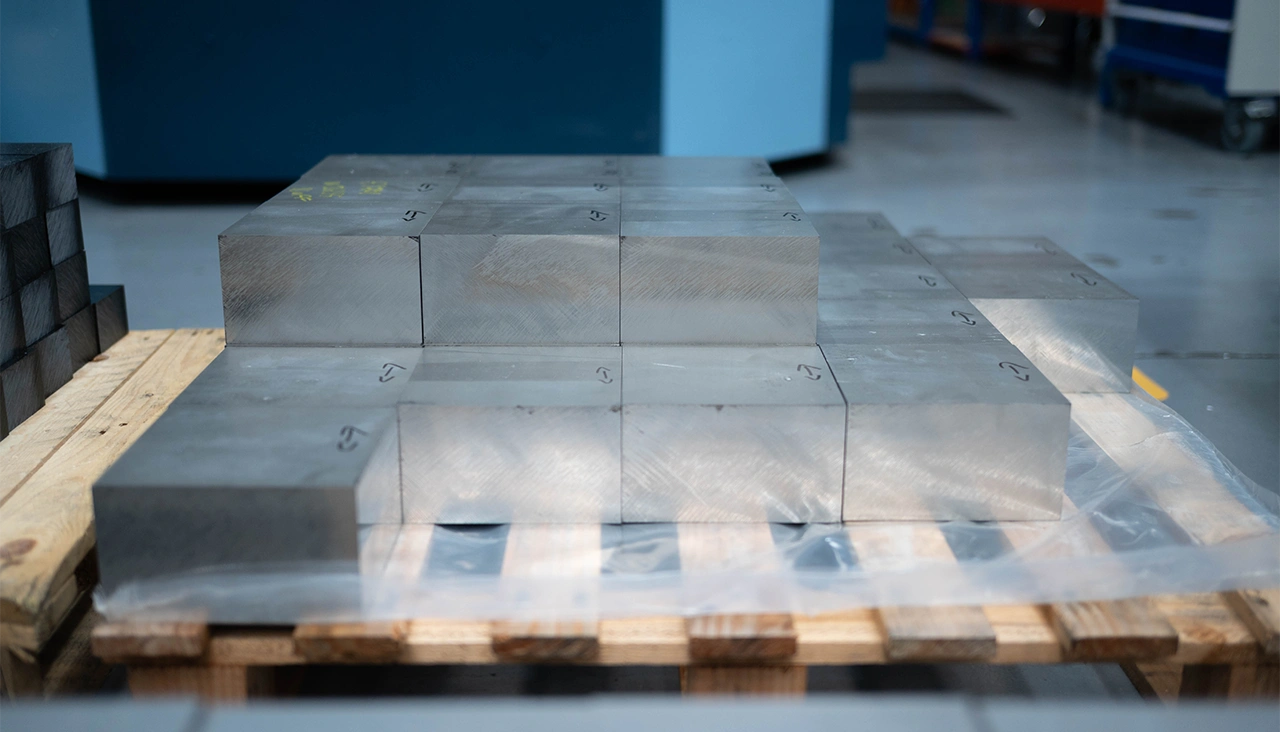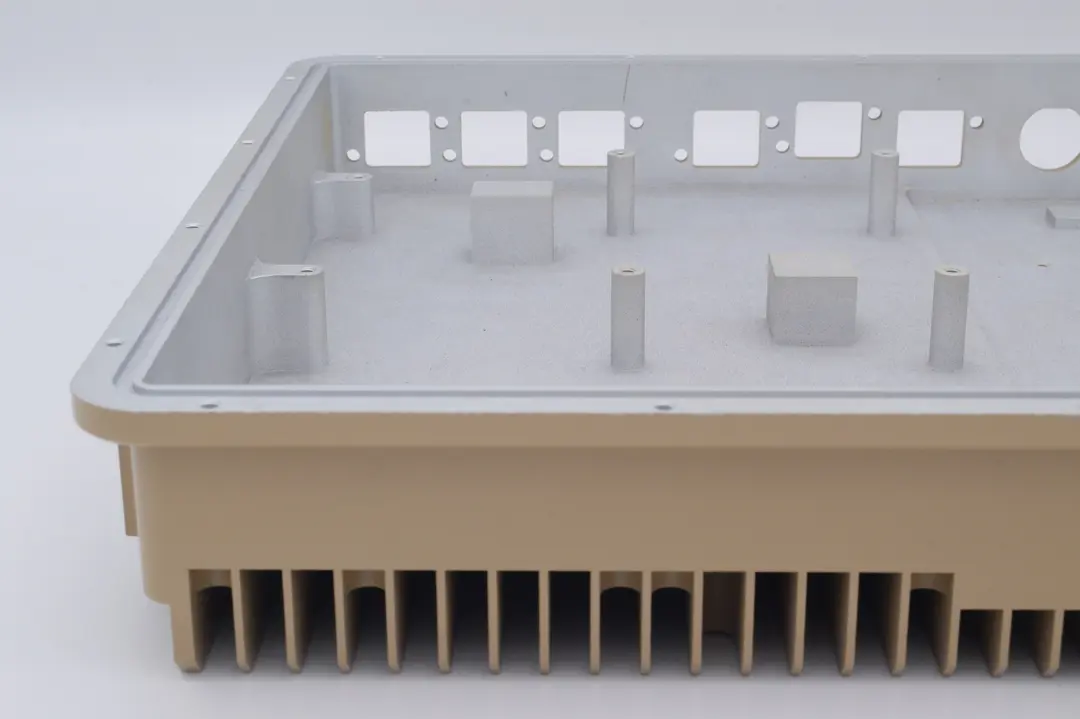 Get a quote
Get a quotePenta's toolmaking and aluminium machining skills answer an urgent requirement from a pharmaceutical manufacturer.
Following an operational breakdown, we received a request from a pharmaceutical health care product manufacturer to help with their urgent requirement for a packaging machinery spare part.
The components were damaged beyond use and Marchesini, the Italian machine manufacturer, were offering a lead time in excess of six weeks for the replacement parts.
With only digital photographs to base our quotation on, we estimated a seven-day turnaround from receipt of the sample part and were given the go ahead by the customer.
After lengthy discussions on how the component functioned and what the critical features were, we used our extensive reverse engineering and aluminium machining skills to manufacture two duplicate aluminium anodised components in just seven days and at a significantly lower cost than the Italian OEM.

Discover the key differences between ABS and polycarbonate, including strength, heat resistance, cost, and applications, to choose the right material for your project.

This guide will help you compare titanium vs stainless steel in the areas that matter most.

Designing an electronic enclosure isn't always straightforward, and keeping costs down can be crucial for making the end product financially viable. From material choice to surface finish, there are decisions made across the whole manufacturing process where you may be adding unnecessary costs.